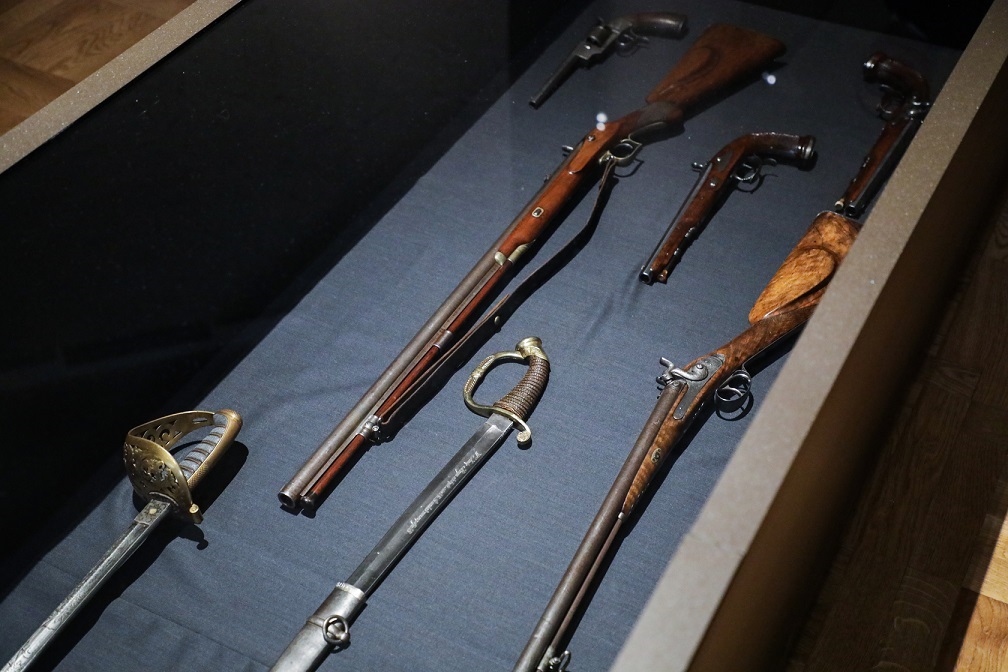Until the end of April, the Copper Roof Palace at the foot of the Royal Castle in Warsaw will host the exhibition ‘Love and Duty. The January Uprising of 1863″. The exhibition is part of the celebrations of the 160th anniversary of the January Uprising.
Organised in cooperation with the Lithuanian National Museum in Vilnius and in partnership with the Museum of the Polish Army, the exhibition brings the January Uprising into a general perspective of its causes, course and consequences by presenting the stories of people – concrete, shown by face and mentioned by name. It is in the individual fates that the will to fight and the generosity of the community that stood up to fight for independence is most fully revealed.
The exhibition features works of art: paintings, prints and drawings by artists such as Artur Grottger, Maksymilian Gierymski and Jacek Malczewski, as well as artefacts from the period: photographs, civilian clothes and uniforms, weapons, patriotic jewellery and personal items. The exhibits have been obtained from museums in Poland, Lithuania and Ukraine.
Particularly important components of the exhibition are objects found in the course of archaeological work on Gediminas Hill in Vilnius. In 2017, human remains were accidentally discovered during work to salvage the landslide slopes of the mountain, which, upon examination, turned out to belong to the January insurgents executed in 1864 in Lukiškės Square as part of public executions. A ceremonial burial of the identified remains took place in the presence of the presidents and highest authorities of Lithuania and Poland at the Rasos Cemetery in Vilnius.
The January Uprising was the largest and longest-lasting independence insurrection in the period of the partitions. The Uprising united Poles, Lithuanians, Belarusians and Ukrainians in their fight against the Russian invaders, forever leaving its mark on our common memory and becoming an inspiration for subsequent generations of heroes fighting for freedom.
Arkadiusz Słomczyński





